What are the features that make the best monitor for streaming? It starts with sensational picture quality, meaning vibrant colors and great contrast across wide viewing angles. Next, the best monitors for streaming should have a fast enough refresh rate for smooth gameplay at the top frame rates of your favorite games.
To have the best monitor for productivity and gaming, most streamers prefer at least 75Hz for their gaming monitors. Finally, the best streaming monitors will have plenty of connectivity options so you can use them as part of a dual monitor setup. Keep reading to learn more about how to pick the best gaming monitor for live-streaming content.
Top Monitors for Streaming
#1 Samsung LS27AM501NNXZA 27-inch M5 Series Gaming Monitor
Award: TOP PICK
WHY WE LIKE IT: It has a rapid 8ms response time to prevent motion blur and has a host of apps for on-demand entertainment. It also supports seamless mobile connectivity with other smartphones and devices.
- Rapid 8ms response time
- Impressive 3000:1 contrast ratio
- Rich and accurate color reproduction
- 60Hz refresh rate might be too low for some
The 27-inch Samsung M5 is a sleek-looking display with a Full HD 1080p resolution and a 2.5mm metal stand that will easily blend into any setup without taking up too much space. Released in 2021, the display comes with an ambient light sensor to detect the surrounding light and adjust the screen’s brightness accordingly. The monitor also comes with a solar-powered all-in-one remote that allows for convenient control, and it has a microphone that can be used to issue voice commands. It has an impressive 3000:1 contrast ratio and can render up to 16.7 million colors for clear and well-balanced imagery. Still, some might not appreciate its 60Hz refresh rate. Our LG 32ML600M-B review details the specs, including a 75Hz refresh rate.
The M5 falls into its own category as a Smart Monitor since it comes with built-in streaming apps such as Netflix, HBO Max, and YouTube. Its 8ms response time keeps motion blur at bay, and thanks to its exclusive Wireless DeX feature, users will be able to connect their Samsung phones and tablets to it to access their documents, browsers, or photos on the big screen. The monitor can also seamlessly connect to Apple devices wirelessly, share files and media, and support voice control once properly integrated with Amazon Alexa or Google Assistant.
#2 Asus TUF Gaming VG259QM 24.5-inch Full HD Gaming Monitor
Award: HONORABLE MENTION
WHY WE LIKE IT: It has a very high refresh rate for super-smooth imagery and a speedy response time to eliminate blurry scenes. It also has a decent array of connectivity ports. While it’s not the monitor that Tfue uses, it’s the same brand.
- Rapid 280 Hz refresh rate for tear free gaming
- Superb 0.5ms response rate to eliminate motion blur
- Good 400 nit brightness level
- HDR brightness is not high enough for colors to pop
The Asus TUF VG259QM gaming monitor is a 24.5-inch display with a 1080p Full HD screen resolution and an ultrafast 280 Hz refresh rate for butter-smooth gaming. The display also boasts a 0.5ms GTG response time for superb motion handling, as well as Flicker-Free technology to reduce eye strain and Ultra-Low Blue Light technology to filter out harmful blue light. However, some have complained that its HDR brightness is not high enough to make the colors pop.
This monitor comes with Adaptive Sync technology that matches its frame rate with that of a connected gaming console to eliminate screen tearing, and it also meets all the requirements for a DisplayHDR 400 certification. This, and its 1000:1 contrast ratio means users will be able to enjoy deep blacks and bright whites. The 24.5-inch monitor also offers a wide range of external connection options, including one DisplayPort, two HDMI 2.0 ports, and an earphone jack for private listening.
#3 BenQ Zowie XL2411K 24-inch 144Hz Gaming Monitor
Award: BEST FOR GENERAL USE
WHY WE LIKE IT: It has an impressive refresh rate and specialized color modes that match different game preferences. It also has a rapid response time and a decent array of ports.
- Rapid 1ms response time to reduce motion blur
- Rich port selection
- 144Hz refresh rate for stutter free gaming
- No support for Adaptive Sync technology
The BenQ Zowie is a 24-inch display with a praise-worthy 144Hz refresh rate for stutter-free gaming and specialized Dynamic Action technology that reduces motion blur during gaming. The display also has a rich port selection, with a total of 3 HDMI ports, 1 DisplayPort, and a headphone jack for private listening. Its base is also pretty small, and its stand allows for height adjustment and tilting. Unfortunately, it does not have any support for Adaptive-Sync technology.
This display also has a Black Equalizer that improves visibility in dark scenes and offers various in-game color modes that users can choose from for best performance in different scenarios. Its 1ms response time means owners aren’t likely to come across any incidences of motion blur, and once the monitor is calibrated for gaming, it also has a very accurate color.
#4 Dell S3221QS 32-inch Curved 4K UHD Gaming Monitor
Award: BEST FOR ERGONOMICS
WHY WE LIKE IT: Its stand allows for tilt, swivel, and height adjustments for convenient placement. It also has a good contrast ratio and a high-resolution screen for good picture clarity.
- Great ergonomics
- Rich port selection
- VESA compatible for wall mounting
- Doesn’t have the best color accuracy
The Dell S3221QS is a curved 32-inch display capable of great picture quality thanks to its 4K UHD screen resolution. It has a 1800R curvature for a broad field of view and comes with Dell’s ComfortView feature that reduces blue light emissions and keeps the screen Flicker Free. Its stand allows for the pivot, swivel, height, and tilt adjustments for accurate positioning, and its thin top and side bezels are great for a multi-display setup. The display can be mounted on a wall thanks to VESA compatibility, and its blacks and whites are well-balanced thanks to a 3000:1 contrast ratio. Still, some reviewers have pointed out that it does not have the best color accuracy.
This display also comes with a wide range of connectivity options since it includes two HDMI ports, one DisplayPort, two USB 3.0 ports, and a 3.5mm headphone jack for private listening. It also comes with support for AMD FreeSync technology, so it will be able to match its frame rate with that of a connected GPU. The monitor is also pretty stylish and comes with a set of dual speakers.
#5 HP Omen X 27-inch QHD Gaming Monitor
Award: BEST FOR SUPER SMOOTH GAMEPLAY
WHY WE LIKE IT: Its high refresh rate means super smooth image transitions, and its rapid response time means there won’t be any instances of motion blur during fast-action scenes. It also supports HDR content and comes with ambient lighting to set the perfect game atmosphere.
- High refresh rate for smooth gaming
- Support for HDR content
- Rapid 1ms response rate
- Not Nvidia G-Sync compatible
The HP Omen X is a 27-inch gaming monitor that has a very modern design. As part of HP’s Omen line of monitors, the display is optimized for gaming, with highlights such as a 240Hz refresh rate that prevents screen stutter. The display has a 1440p screen resolution for good enough picture clarity and a satisfying peak brightness level of 400 nits. It also has ambient lighting for the perfect gaming atmosphere and a three-sided micro-edge display that is perfect for users who want to put together a dual or triple monitor setup. Still, it is not Nvidia G-Sync compatible.
The display has a quick 1ms response time that prevents any instances of motion blur and up to 90% coverage of the DCI-P3 color gamut for accurate color representation. It supports AMD Radeon FreeSync 2 technology to match its frame rate with that of a connected GPU and eliminate any instances of screen tearing. Its stand is also height adjustable for easy positioning, and its support for HDR technology will have it deliver lifelike contrast between colors.
#6 Razor Raptor 27-inch WQHD Gaming Monitor
Award: BEST FOR DESIGN
WHY WE LIKE IT: It is very well designed, has great color reproduction, and has sharp picture quality. Its rapid response time eliminates motion blur, and its port selection is pretty decent.
- Excellent color
- VESA compatible for wall mounting
- Rapid 1ms response time
- No built in speakers
As its model number implies, the Razer Raptor 27 is a premium 27-inch display with a fast 144Hz refresh rate for a smooth and crisp image and a 95% coverage of the DCI-P3 color gamut for accurate color reproduction. The display’s 1ms response time and use of Ultra Low Motion Blur technology mean users shouldn’t expect any ghosting, and since it comes with one HDMI port, one DisplayPort, and two USB ports, users will have a wide range of connectivity options to choose from. However, it does not have any built-in speakers.
The display can also be wall-mounted thanks to its VESA compatibility, but those who choose to place it on their desktop will not have to deal with scattered wires since it has been designed with good cable management. Its use of Adaptive-Sync technology ensures that there’s no screen tearing when connected to an AMD Radeon console, and its 2.3mm design makes it great for users who would like to put together a multi-screen setup.
Beginner’s Guides to Monitors for Streaming
What Are Monitors for Streaming?
In a basic sense, a monitor for streaming is a display device you use for recording and streaming on-screen content. It typically functions as both a display and a recording device, depending on your particular streaming setup. Many streamers use a dual monitor or multi-monitor setup with external monitors for streaming gaming content. This allows for more flexibility when it comes to primary and secondary monitor specs. Monitors for streaming should have specs that match the content and the needs of the streaming channel or platform. The best monitor for FIFA and other fast-paced streaming, for example, should have at least a 75Hz refresh rate to display fast-paced scenes smoothly. Likewise, the best monitor for the X-Box Series X will have at least a 120Hz refresh rate for streaming 120fps gameplay.
Monitors for Streaming vs Monitors in General
Like nearly all PC and console displays, monitors for streaming have a screen, input ports, and usually built-in speakers. Compared to general-purpose desktop monitors, a good streaming monitor will usually have a higher resolution, faster refresh rates, and a larger screen. A live-streaming display must have better image quality but may not need as fast a response time as a standard monitor.
Streaming is more likely to call for a dual monitor setup than other display uses. Therefore, connectivity with VGA ports and secondary USB ports is crucial. You’ll also want to make sure it’s compatible with the best dual monitor stand you can find.
In general, these monitors have the same specs as other gaming screens, only emphasizing image quality. Beautiful colors and astonishing picture quality may not increase your score when gaming, but these features make a difference for streaming content.
Streaming monitors also use the same general display technologies as other modern computer screens. However, among the common panel types, you’re more likely to find IPS displays and OLED panels on the best monitors for content creators. Compared to VA and TN panels, IPS liquid crystal displays have a wider color gamut and better viewing angles, allowing streamers more freedom in finding the ideal viewing position.
How Monitors for Streaming Work
Like just about all PC displays, monitors work by receiving a signal from an input device and then translating that signal into a moving image on their screens. They all use the same kinds of display technology: CRT, liquid crystal, or OLED. Liquid crystal display, or LCD, monitors, are by far the most common.
LCD monitors differ by the type of panel they use. Most common among gaming monitors for streaming is the IPS panel type. IPS–”in-plane switching”–refers to the method of aligning polarized molecules in the liquid crystal layer. IPS panel advantages include a wide color gamut and excellent performance at wide viewing angles, just like you’d see in our review of the Alienware AW3420DW monitor.
Some gaming monitors use alternative panel technology such as VA or TN panels. VA panel type monitors have superior dynamic range and color reproduction but often have more input lag and diminished wide-angle viewing performance compared to IPS panels.
Many fps gamers still use the older TN panel type since these are generally available at an affordable price, and even budget displays using TN panels often have an incredible response time compared to VA panels.
The monitor’s function is to display the scenes that the webcam, phone, or screen-recording feature will record for streaming. A proper streaming monitor should show an image with a resolution at least as high as the desired resolution of the streaming content. So, if you’re making 1080p Youtube content, you’ll need at least a 1080p monitor. For a smoother video, the refresh rate should match the frame rate of the game and the frame rate of the video if recorded with an external camera.
Why Should You Buy a New Monitor for Streaming?
If your current monitor isn’t cutting it for streaming content, or if you’re upgrading to a dual monitor setup, it might be time to think about getting a new streaming monitor. Or, maybe you need a better stream deck. You might also want to upgrade your display if you’ve recently updated your PC graphics card or have upgraded your gaming PC. Try to get one that’s as colorful as your great RGB strips on your PC.
Do you see a lot of motion blur, vertical aliasing, or mismatched colors in your streaming content? It might be time to upgrade your monitor–a monitor with a faster refresh rate will allow for much smoother streaming video. You don’t even have to go with a very expensive monitor to get improved streaming performance. Today’s portable monitors for content creators have new tech such as nano IPS, which allows for a 1ms response time and up to a 240Hz refresh rate. Depending on screen size, these gaming monitors can be found at a reasonable price, too.
Reasons for Buying a New Monitor for Streaming
You Want to Use a Dual Monitor Setup: Many streamers prefer using multi-monitor setups, employing a secondary monitor for game views while optimizing gameplay on the primary monitor. If you’re looking for a secondary gaming monitor for streaming, you can focus on the monitor specs for high-quality HD or 4K streaming.
You’re Looking for Higher-Quality Streaming Footage: A better monitor can make a big difference when it comes to streaming content. No matter the quality of your camera, game scenes will look choppy and inconsistent if the monitor isn’t up to the task, especially for fast-paced games like driving games, FPS games, or soccer games.
You’ve Upgraded Your Graphics Card: If you’ve recently gotten new hardware such as an upgraded gaming PC or graphics card, it might be a great time to get a new monitor that’ll make the most of your PC’s enhanced capabilities. The best streaming displays offer variable refresh rate features that sync with graphics cards to reduce screen tearing and produce smoother, more naturalistic game scenes.
You Want Higher Resolution: Many creators have started producing higher resolution content, with today’s streaming platforms increasingly supporting 4K and QHD formats. Even if your camera can record 4K, however, the game view will be limited by your monitor resolution. So if you’re switching to 4K content, it might be a great time to invest in a 4K desktop monitor.
Why a Monitor for Streaming Might Not Be for You
Lack of Space: Small spaces might not enable you to go with the larger 38-inch panel or ultrawide monitor options some creators use. This is a shame, as you’re not able to compare two monitors vs an ultrawide monitor due to space restrictions. But you can gain much-improved display quality by switching to a new portable monitor for streaming. Newer 24-27 inch monitors provide more dynamic range and higher pixel density than older models.
Concerns with Eye Fatigue: Larger, brighter, and higher-resolution monitors may seem like they’ll cause more eye strain, but the newest gaming displays have features like adaptive picture brightness and adjustable color space, letting them minimize blue and near-ultraviolet light output. New monitors can thus cause less eye strain than older monitors.
You Use a TV for Gaming: If you already use a 4K UHD TV as your gaming display, buying a desktop or secondary monitor for streaming might seem redundant. However, adding a streaming monitor to your setup allows you more freedom regarding frame rates and aspect ratios. In addition, the best gaming monitors provide a faster refresh rate and less input lag than most Smart TVs.
How Long Will a Monitor for Streaming Last?
According to factory testing, LCD screens have an average service life of around 50,000 hours, while the older CRT monitors go for about 20,000 hours. Consumers tend to keep their monitors for two to five years, however. In general, most monitors last until they become obsolete. Monitors for streaming can become obsolete when the other aspects of the streaming format change; thus, a 1080p monitor may be outdated if you’re upgrading to a 4K camera or making content for a 4K format channel.
You can boost the lifetime of your streaming monitor by protecting the screen from drops and spills. You can also make the useful life of your display longer by investing in some “future-proofing” tech–this can mean a higher refresh rate, less input lag, or higher pixel density. You can also look for a monitor model with a newer connectivity type, such as HDMI 2.1 ports or USB-C ports, ensuring longer-lasting compatibility.
How to Choose the Best Monitor for Streaming
To choose the best display for creating streaming content, we recommend looking for a monitor with at least 1440p resolution, a wide color gamut, and adjustable color profile. In addition, depending on the streaming format and the type of game, you might find that a refresh rate of 120Hz or more helps create smoother footage.
Monitor for Streaming Key Factors
1. What kind of camera do you use?
The production value of streaming content depends on both the camera and, for game view, the monitor. Ideally, a monitor for streaming should match the camera’s resolution and should match or exceed the desired resolution for uploading. So if you wanted to stream at the best quality levels using a 4K UHD mirrorless camera or DSLR with a top-rated capture card, then you’d want to have a monitor with 4K resolution. On the other hand, if using a camera limited to 1080p, then your footage won’t benefit as much from a higher resolution monitor.
2. How much space do you have for your streaming setup?
The amount of space you have and the layout of your streaming setup will determine the best monitor size for live streaming. Larger screen size can make for a more immersive gaming experience but also takes up more desk or wall space.
3. Do you use external speakers?
Built-in audio capability can be a factor in choosing the best monitor for streaming, but not everyone uses the monitor speakers. If you plan to use an external audio system instead, then it’s more important to look for a monitor with the right connection ports to work with your external speakers.
4. Are you looking for a secondary monitor for streaming?
If you’re looking for a second monitor to use a dual monitor setup for streaming, you’ll want a display that outputs great image quality for your viewers. You’ll also want to know how to troubleshoot the second monitor if it goes black while gaming, which can happen. Other factors like refresh rate, viewing angles, and response time, may not be as important in a secondary monitor. On the other hand, if you use the same monitor for gameplay, you’ll want a streaming monitor that also performs well in fast-paced game situations.

![Best Monitors for Streaming in [year] 1 best monitor for streaming](https://www.gadgetreview.dev/wp-content/uploads/best-monitor-for-streaming-image.jpg)


![Best Monitors for Streaming in [year] 2 Samsung 27-Inch Class Monitor M5 Series - FHD Smart...](https://m.media-amazon.com/images/I/41ChKCqIxBS._SL160_.jpg)
![Best Monitors for Streaming in [year] 3 ASUS TUF Gaming VG259QM 24.5” Monitor, 1080P Full HD...](https://m.media-amazon.com/images/I/41nY0EYpauL._SL160_.jpg)
![Best Monitors for Streaming in [year] 4 BenQ Zowie XL2411K 24-Inch 144Hz Gaming Monitor | 1080P...](https://m.media-amazon.com/images/I/413+UUE0X9L._SL160_.jpg)
![Best Monitors for Streaming in [year] 8 Our #4 Pick is the Dell S3221QS 32-inch Curved 4K UHD Gaming Monitor](https://m.media-amazon.com/images/I/41bKIYAshtL._SL160_.jpg)
![Best Monitors for Streaming in [year] 9 Our #5 Pick is the HP Omen X 27-inch QHD Gaming Monitor](https://m.media-amazon.com/images/I/31UjQmSQtLL._SL160_.jpg)
![Best Monitors for Streaming in [year] 10 Our #6 Pick is the Razor Raptor 27-inch WQHD Gaming Monitor](https://m.media-amazon.com/images/I/41pYNCMZLiL._SL160_.jpg)







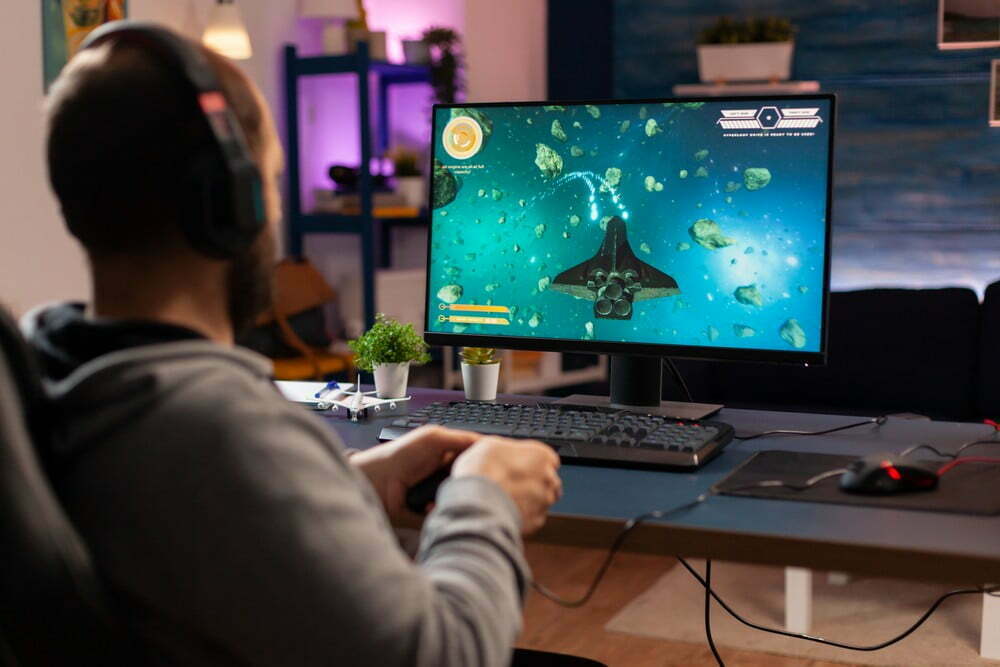




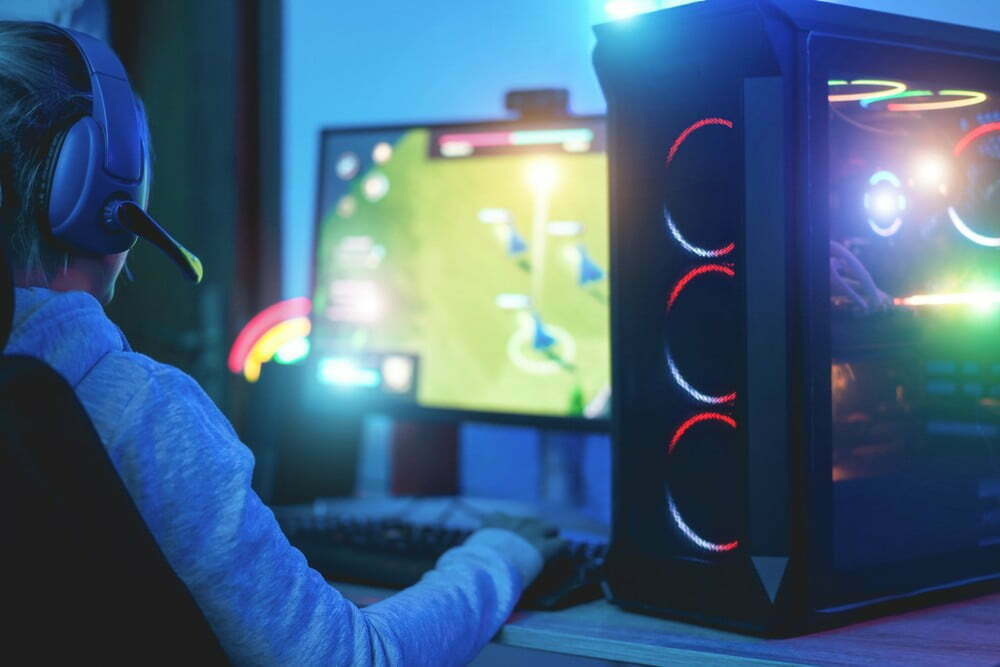
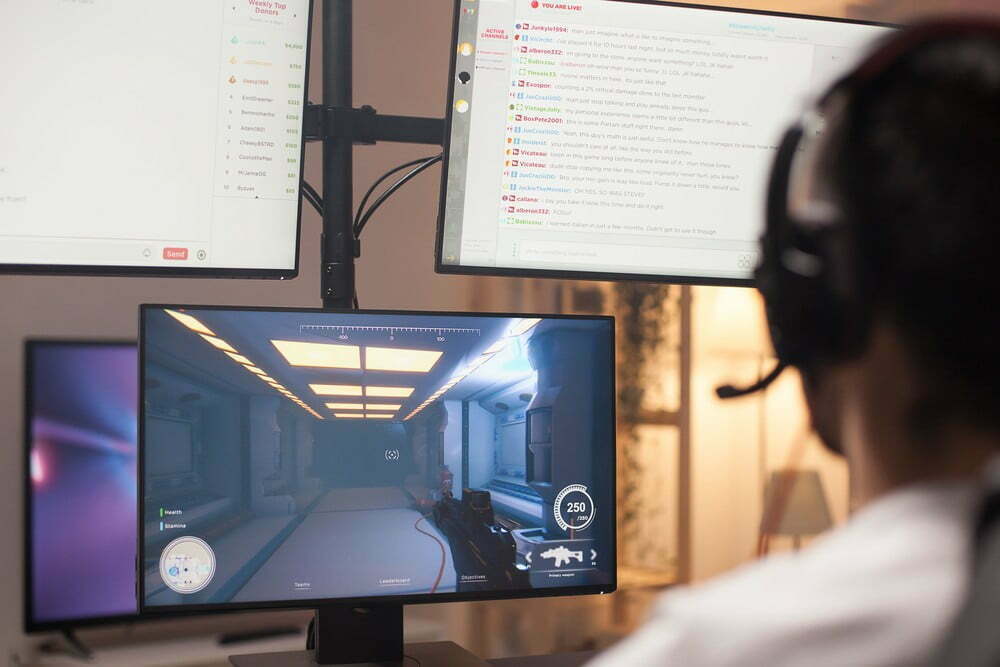
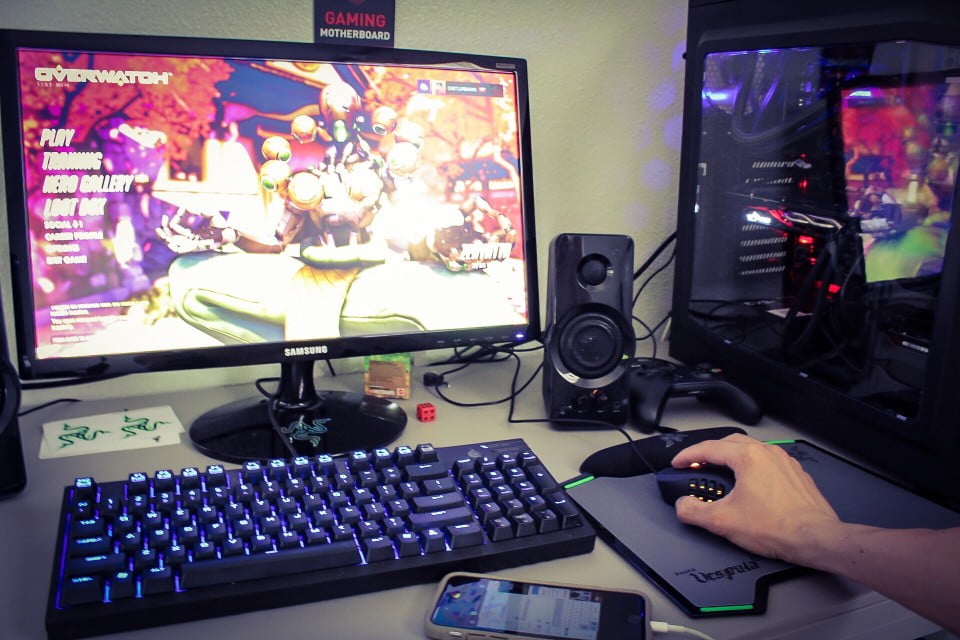

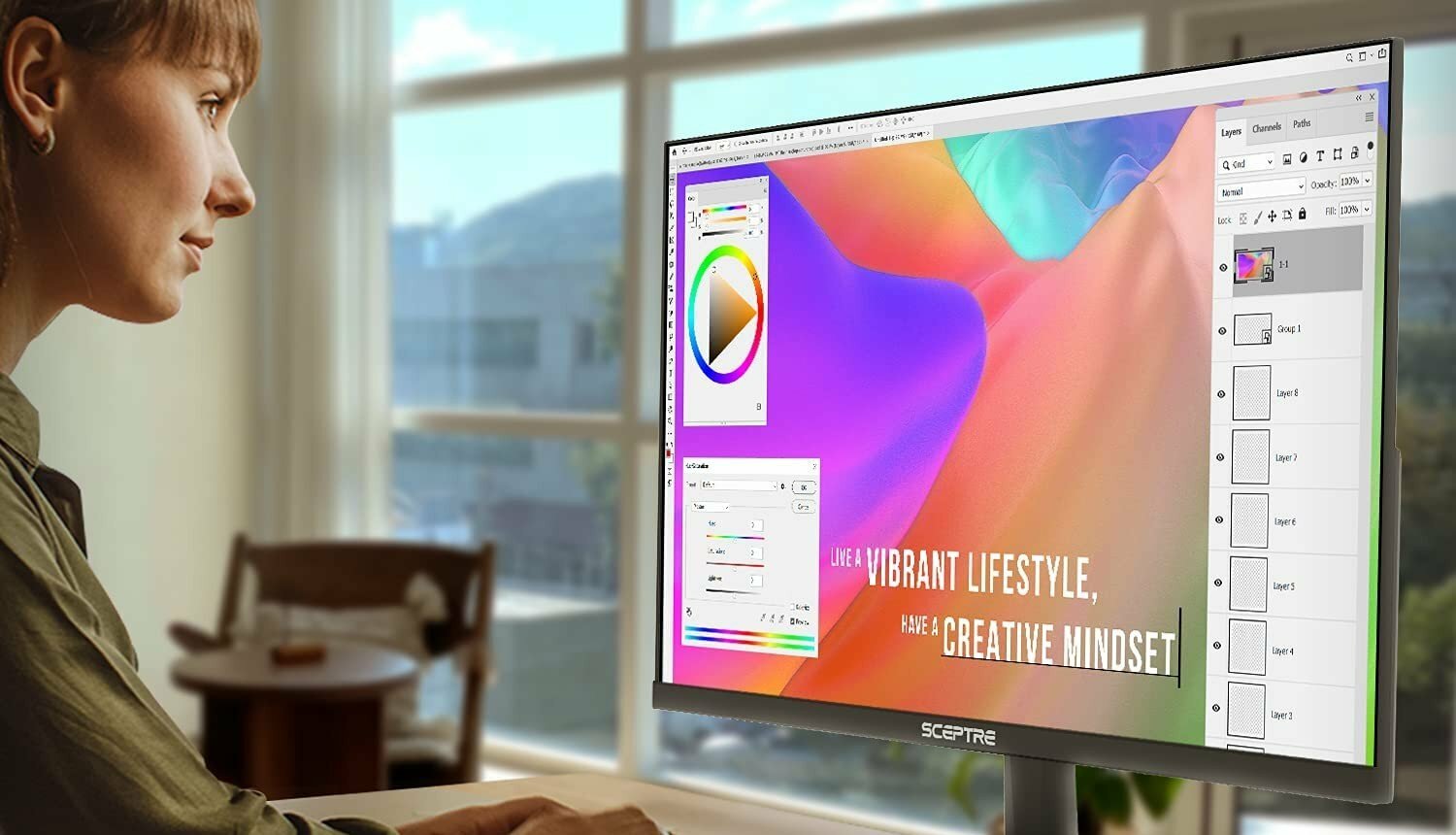


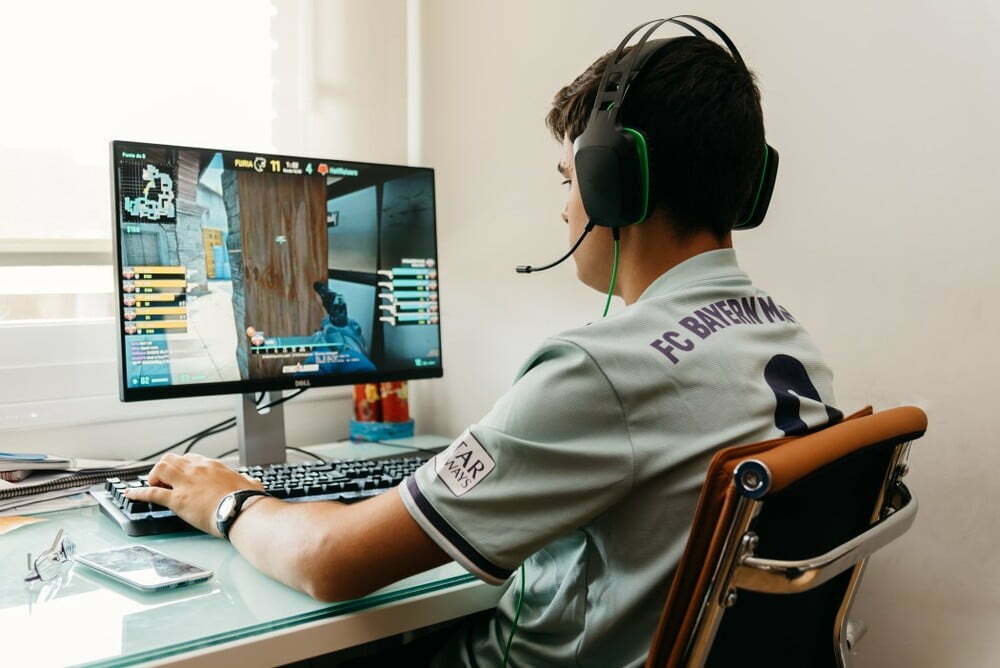
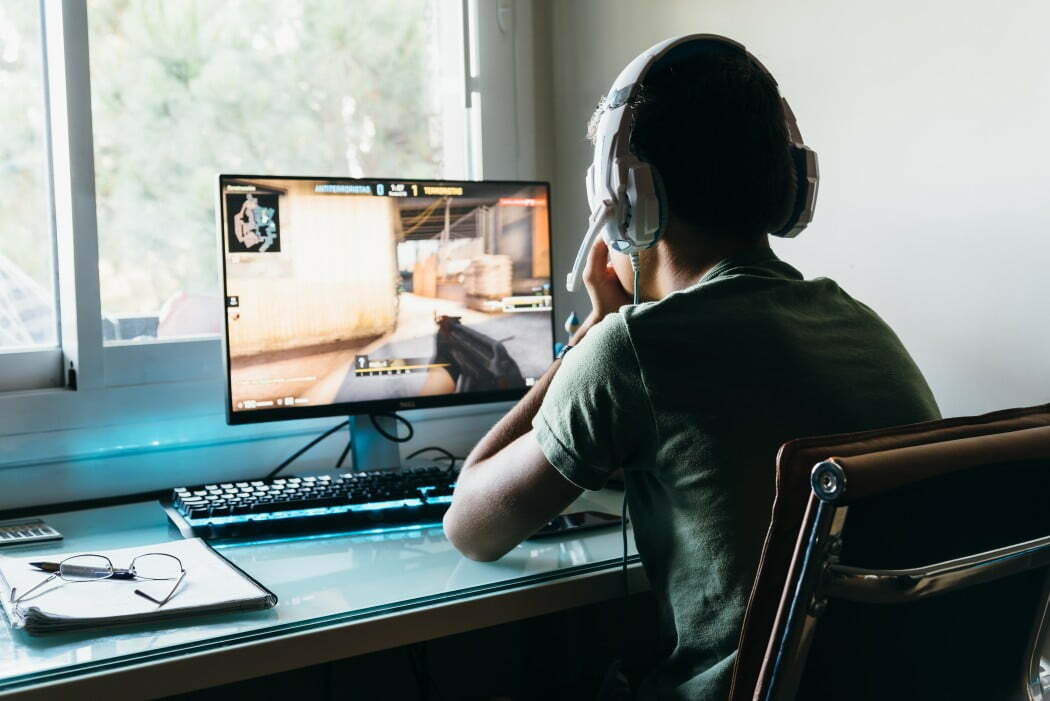

![Best 27 Inch Computer Monitor in [year] 31 Best 27 Inch Computer Monitor in 2026](https://www.gadgetreview.dev/wp-content/uploads/how-to-buy-the-best-computer-monitor.jpg)
![Best BenQ Monitors in [year] 32 Best BenQ Monitors in 2026](https://www.gadgetreview.dev/wp-content/uploads/best-benq-monitor-image.jpg)
![Best ASUS Monitors in [year] 33 Best ASUS Monitors in 2026](https://www.gadgetreview.dev/wp-content/uploads/best-asus-monitor-image.jpg)
![Best Dell Monitors in [year] 34 Best Dell Monitors in 2026](https://www.gadgetreview.dev/wp-content/uploads/best-dell-monitor-image.jpg)
![Best HP Monitors in [year] 35 Best HP Monitors in 2026](https://www.gadgetreview.dev/wp-content/uploads/best-hp-monitor-image.jpg)
![Best Lenovo Monitors in [year] 36 Best Lenovo Monitors in 2026](https://www.gadgetreview.dev/wp-content/uploads/best-lenovo-monitor-image.jpg)
![Best ViewSonic Monitors in [year] 37 Best ViewSonic Monitors in 2026](https://www.gadgetreview.dev/wp-content/uploads/best-viewsonic-monitor-image.jpg)
![Best Gigabyte Monitors in [year] 38 Best Gigabyte Monitors in 2026](https://www.gadgetreview.dev/wp-content/uploads/best-gigabyte-monitor-image.jpg)
![Best Monitors for PS4 Pro Gaming in [year] 39 Best Monitors for PS4 Pro Gaming in 2026](https://www.gadgetreview.dev/wp-content/uploads/best-monitors-for-ps4-pro-image.jpg)
![Best Monitor for Xbox Series X in [year] 40 Best Monitor for Xbox Series X in 2026](https://www.gadgetreview.dev/wp-content/uploads/best-monitor-for-xbox-series-x-image.jpg)
![Best Acer Monitors in [year] 41 Best Acer Monitors in 2026](https://www.gadgetreview.dev/wp-content/uploads/best-acer-monitor-image.jpg)
![Best MSI Monitors in [year] 42 Best MSI Monitors in 2026](https://www.gadgetreview.dev/wp-content/uploads/best-msi-monitor-image.jpg)
![Best SAMSUNG Monitors in [year] 43 Best SAMSUNG Monitors in 2026](https://www.gadgetreview.dev/wp-content/uploads/best-samsung-monitor-image.jpg)
![Best LG Monitors in [year] 44 Best LG Monitors in 2026](https://www.gadgetreview.dev/wp-content/uploads/best-lg-monitor-image.jpg)
![Best AOC Monitors in [year] 45 Best AOC Monitors in 2026](https://www.gadgetreview.dev/wp-content/uploads/best-aoc-monitor-image.jpg)
![Best Philips Monitors in [year] 46 Best Philips Monitors in 2026](https://www.gadgetreview.dev/wp-content/uploads/best-philips-monitors-image.jpg)
![Best Monitors For PUBG in [year] 47 Best Monitors For PUBG in 2026](https://www.gadgetreview.dev/wp-content/uploads/best-monitor-for-pubg-image.jpg)
![Best Stream Decks in [year] 48 Best Stream Decks in 2026](https://www.gadgetreview.dev/wp-content/uploads/best-stream-deck-image.jpg)
![Best Monitors For Flight Simulator in [year] 50 Best Monitors For Flight Simulator in 2026](https://www.gadgetreview.dev/wp-content/uploads/best-monitor-for-flight-simulator-image.jpg)



















